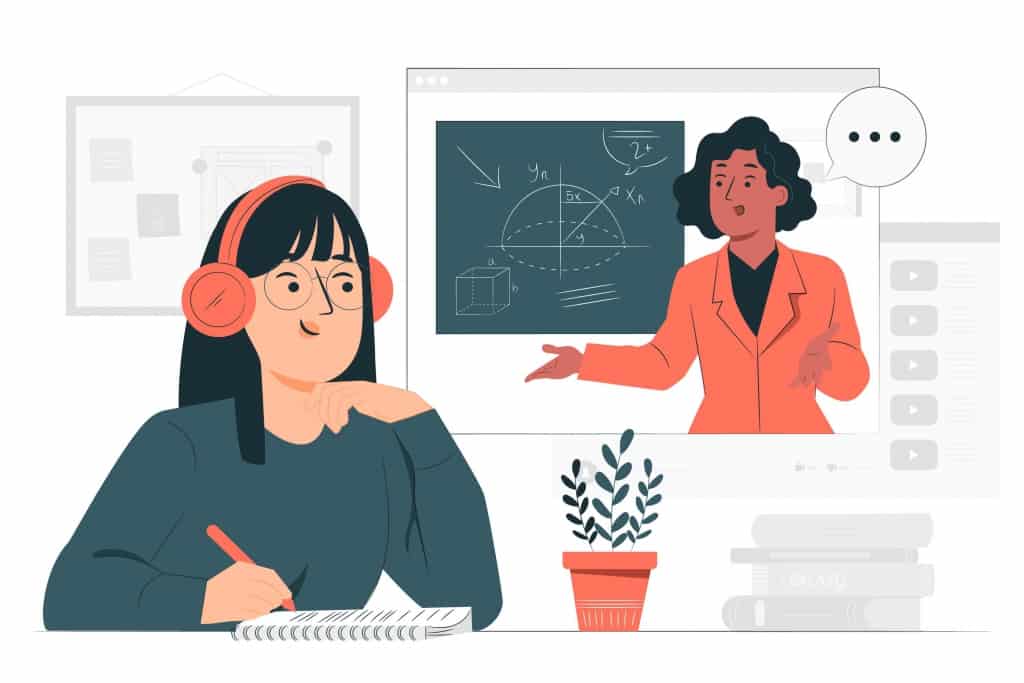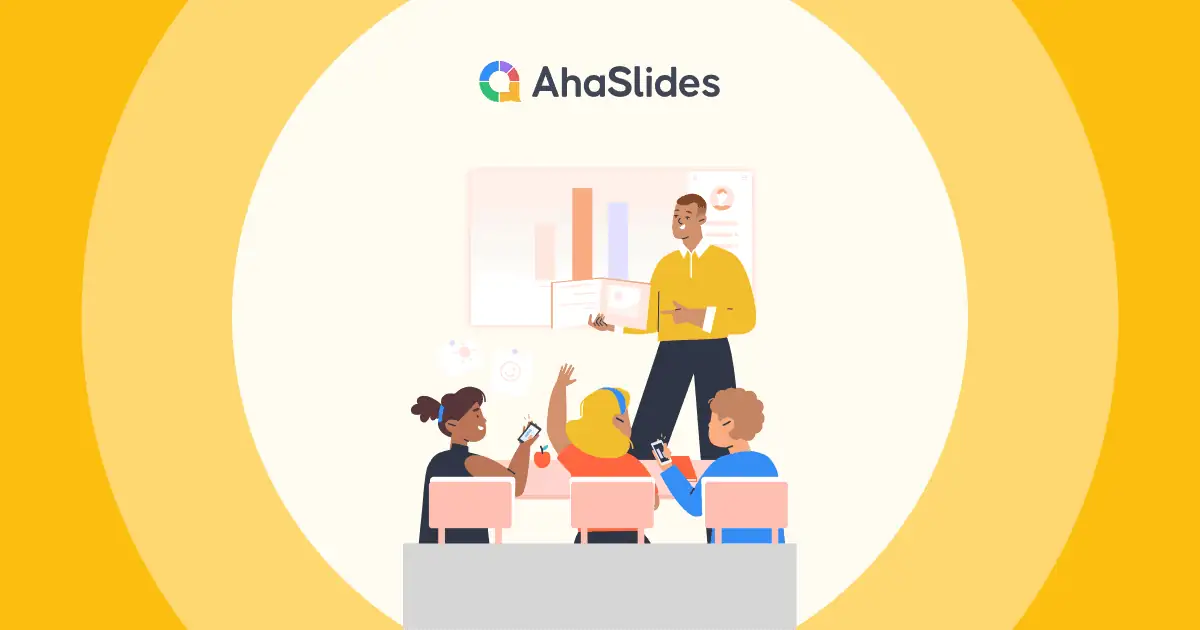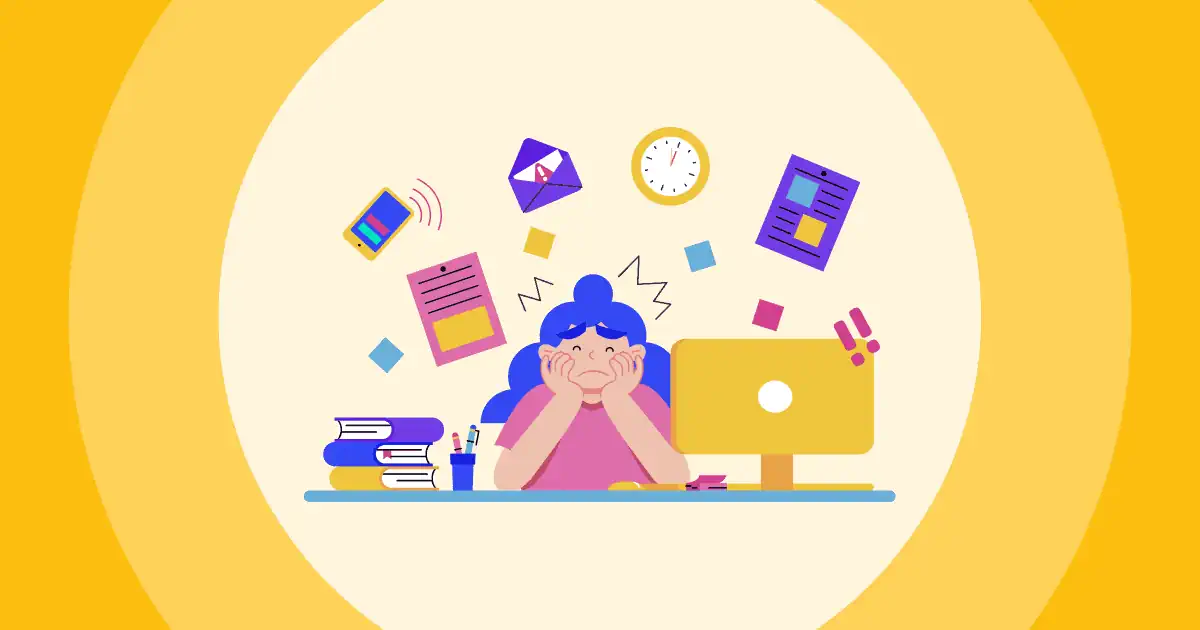Today, we will explore four VARK Learning Styles: visual, auditory, kinesthetic, and reading/writing. By understanding how these styles impact learning experiences, we can design educational strategies that engage and connect with each learner's strengths and preferences. Get ready to uncover the secret to unlocking the potential of every individual!
| Who created VARK learning styles? | Neil Fleming |
| When was the VARK learning style created? | 1987 |
Tips For Better Class Engagement

Start in seconds.
Get free templates for your next class. Sign up for free and take what you want from the template library!
🚀 Grab Free Account
Table of Contents
- What Are The VARK Learning Styles?
- Why Is It Important To Understand Your VARK Learning Styles?
- How To Find Your Ideal VARK Learning Styles?
- Key Takeaways
- FAQs
What Are The VARK Learning Styles?
The VARK learning styles are a model developed by Neil Fleming, which categorizes learners into four main types:
- Visual learners (V): These individuals learn best through visual aids and images.
- Auditory learners (A): These individuals excel in learning through listening and speaking.
- Read/Write learners (R): People who learn best through reading and writing activities.
- Kinesthetic learners (K): These individuals who learn best through physical activities and experiences.

Why Is It Important To Understand Your VARK Learning Styles?
Understanding your VARK learning style is important for several reasons:
- It helps you to choose strategies and resources that align with your strengths, making the learning process more efficient and enjoyable.
- It helps you to work collaboratively with teachers to create a learning environment that supports your needs and facilitates your academic progress.
- It empowers you to continue your personal and professional development, making your ongoing learning journey more effective.
How To Find Your Ideal VARK Learning Styles?
We will delve into the 4 types of VARK learning styles, exploring their unique characteristics and discovering strategies to facilitate effective learning for each style.
#1 - Visual Learners -The VARK Learning Styles
How To Identify Visual Learners?
Visual learners prefer to process information through visual aids and imagery. They rely on seeing information in graphs, diagrams, charts, or other visual representations. Here are some simple ways to identify visual learners:
- Strong visual preference: You strongly favor visual materials and tools. To properly understand and retain knowledge, you rely on visualizing information through visuals, graphs, charts, and videos. For example, you may enjoy looking at infographics instead of listening to a lecture.
- Good visual memory: You have a good memory for visual details. You remember things they have seen more easily than information they have heard. For instance, you might recall specific images or illustrations from a lesson.
- Love for visual arts and imagery: Visual learners are often interested in activities that involve visual perception and creativity. So you may enjoy drawing, painting, or photography. For example, you may be more likely to choose art-related projects or electives.
- Strong observation skills: You can notice patterns, colors, and shapes more readily. For example, you might quickly spot a specific diagram or image within a larger document or presentation.
Learning Strategies For Visual Learners
If you are a
visual learner or have children who are visual learners, here are some strategies you can use to enhance the learning experience:Use Visual aids and materials:
Incorporate visual aids, such as charts, diagrams, and images, into your teaching. These visual representations help visual learners grasp concepts more effectively.
- Example: When learning about the water cycle, use a colorful diagram to illustrate the different stages and processes involved.
Mind mapping:
You can create mind maps to organize thoughts and make connections between ideas. This visual representation helps them see the big picture and the relationships between different concepts.
Incorporate color coding:
Use color coding to highlight important information, categorize content, or differentiate key concepts. Color coding helps visual learners process and remember information more effectively.
Engage in visual storytelling:
You can use images, props, or videos to create a visual narrative that connects with the content of the lessons.
- Example: When learning historical events, use photographs or primary source documents to tell the story visually and evoke an emotional connection.
Visual reflection and expression:
Visual learners can benefit from expressing their understanding through visual means. So you can create visual presentations, drawings, or diagrams to showcase your comprehension.
- Example: After reading a book, you can create a visual representation of your favorite scene or draw a comic strip summarizing the main events.

#2 - Auditory Learners -The VARK Learning Styles
How To Identify Auditory Learners?
Auditory learners learn best through sound and auditory input. They excel in listening and verbal communication. Here are some characteristics:
- Enjoy spoken instruction: You tend to favor verbal instructions over written or visual materials. You may request explanations or seek out opportunities for discussions. If given instructions, you often ask for clarification or prefer to hear the instructions explained aloud rather than read them silently.
- Strong listening skills: You show active listening skills during class or discussions. You maintain eye contact, nod, and respond when information is presented verbally.
- Enjoy participating in conversations and discussions: You contribute your thoughts, ask questions, and engage in dialogue to deepen your understanding. You might find that auditory learner eagerly raises their hand during class discussions and enthusiastically shares their ideas with peers.
- Love oral activities: You often derive pleasure from activities that involve listening, such as audiobooks, podcasts, or oral storytelling. You actively seek out opportunities to engage with spoken content.
Learning Strategies For Auditory Learners
If you are an auditory learner, you can employ the following strategies to enrich your learning experience:
Participate in group discussions:
Engage in discussions, group activities, or study groups where you can explain and discuss concepts with others. This verbal interaction helps reinforce your understanding of the material.
Use audio resources:
Incorporate audio materials such as audiobooks, podcasts, or recorded lectures into your learning process. These resources allow you to reinforce your learning through auditory repetition.
Read aloud:
You can read aloud to reinforce your understanding of written texts. This technique combines with the visual input from reading, enhancing comprehension and retention.
Use mnemonic devices:
You can remember information by employing mnemonic devices that involve verbal elements.
- For instance, creating rhymes, acronyms, or jingles can assist in retaining and recalling key concepts.

#3 - Read/Write Learners -The VARK Learning Styles
How To Identify Read/Write Learners?
Read/Write Learners learn best by engaging with written materials, taking detailed notes, and creating lists or written summaries. They may benefit from textbooks, handouts, and written assignments to reinforce their understanding.
To identify read/write learners, look for the following characteristics and preferences:
- Preference for reading: You enjoy reading books, articles, and written materials to gain knowledge and understanding. You may often be found engrossed in a book during your free time or show excitement when presented with written information.
- Strong note-taking skills: You excel at taking detailed notes during lectures or when studying. During a class lecture, you diligently write down key points, using bullet points, headings, and subheadings to categorize your notes.
- Appreciate written assignments: You thrive in tasks that involve writing, such as essays, reports, and written projects. You can effectively research, analyze information, and present it in a written format.
- Memorize through writing: You find that writing information helps you memorize and retain it more effectively. You rewrite or summarize important details as a study technique.
Learning Strategies For Read/Write Learners
Here are some specific learning strategies tailored for Read/Write learners:
Highlight and underline:
You can highlight or underline key information while reading. This activity helps you focus on important details and facilitates better retention.
- For example, you can use colored highlighters or underline key phrases in their textbooks or study materials.
Create study guides or flashcards:
By organizing important concepts and information in a written format, you can engage actively with the content and reinforce your understanding. Your
study guides or flashcard can include definitions, key terms, and examples to make your study aids more comprehensive.Use writing prompts:
You can use writing prompts related to the subject matter. These prompts can be thought-provoking questions, scenario-based prompts, or open-ended statements that support critical thinking and written exploration of the topic.
Write practice essays or journal entries:
Practice your writing skills by composing essays or journal entries on relevant topics. This activity allows you to express your thoughts, reflect on your learning, and strengthen your ability to articulate ideas effectively in written form.

#4 - Kinesthetic Learners -The VARK Learning Styles
How To Identify Kinesthetic Learners?
Kinesthetic learners prefer a hands-on approach to learning. They learn best through physical activities, movement, and direct experiences.
To recognize kinesthetic learners, look for the following characteristics and behaviors:
- Enjoy hands-on activities: You love activities that involve physical movement, manipulation of objects, and practical application of concepts, such as science experiments, building models, or engaging in sports and physical activities.
- Need for movement: You find it difficult to sit still for long periods. You may fidget, tap your feet, or use gestures while learning or listening to instructions. You frequently shift positions, pace around the room, or use hand movements to express yourself.
- Improve learning through physical involvement: You often retain information better when you can physically interact with it by acting it out, such as simulating historical events or using physical objects to represent mathematical operations.
- Use gestures and body language: You often use gestures, body movements, and facial expressions to communicate and express your thoughts.
Learning Strategies For Kinesthetic Learners
Hands-on activities:
Engage in activities that involve physical movement, such as experiments, simulations, or practical tasks. This allows you to learn by doing and directly experience the concepts being taught.
- Example: In a science class, instead of just reading about chemical reactions, perform hands-on experiments to see and feel the changes happening.
Engage in Sports or Physical Activities:
Participate in sports or physical activities that require coordination and body movement. These activities stimulate your kinesthetic learning style while providing a break from traditional study methods.
- Example: Join a dance class, participate in team sports, or engage in activities like yoga or martial arts to enhance your learning experience.
Study with Kinesthetic Techniques:
Incorporate physical movement into your study routine. This can include pacing while reciting information, using gestures to reinforce concepts, or using flashcards and physically arranging them to form connections.
- Example: When memorizing vocabulary words, walk around the room while saying the words aloud or use hand motions to associate meanings with each word.
Incorporate physical breaks:
Kinesthetic learners benefit from short breaks. So you should stretch, walk around, or engage in light physical activity, which can improve focus and retention.

Key Takeaways
Understanding the
The VARK Learning Styles is (visual, auditory, kinesthetic, and read/write) is essential for educators and learners alike. Recognizing and catering to individual learning preferences can significantly enhance the learning experience and outcomes.And don't forget AhaSlides is a versatile interactive presentation platform that allows for dynamic engagement and customization templates. With features like interactive polls, quizzes, and collaborative activities, AhaSlides help educators to adapt their teaching methods to different learning styles and capture the attention and participation of all students.
FAQs
What is VARK preferred learning style?
The VARK model does not prioritize or suggest a single preferred learning style. Instead, it recognizes that individuals may have a preference for one or more of the four learning styles: visual, auditory, reading/writing, and kinesthetic.
What are VAK or VARK models?
VAK and VARK are two similar models that categorize learning styles. VAK stands for Visual, Auditory, and Kinesthetic, while VARK includes an additional category of reading/writing. Both models aim to categorize learners based on their preferred modes of receiving and processing information.
What is VAK teaching method?
The VAK teaching method refers to an instructional approach that incorporates visual, auditory, and kinesthetic elements to engage learners with different learning styles.
Ref: Rasmussen | Very Well Mind








